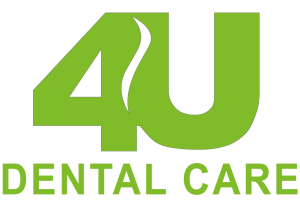Dental implants are the answer to the quest for the perfect smile, especially when replacing a missing or extracted tooth. However, the success of the implantation heavily depends on the density and volume of the jawbone. But fret not, bone augmentation procedures like bone grafting can restore the bone structure needed for implantation. For procedures like bone grafting, it is essential to consult with a reputed dentist near you who can guide you in a better way.
In this post, we’ll give you a detailed overview of dental bone grafts and how they can boost the viability of your dental implant.
What is a Dental Bone Graft?
Bone grafting is a surgical dental procedure where a dentist in Aurora, ON strives to replace lost or damaged bone in the jaw using specialized bone grafting materials that stimulate the regeneration of new bone tissue.
Five types of bone grafting material are commonly used:
Allografts – These are derived from human donors and undergo processing to eliminate immune reactions and eliminate the risk of diseases carried by the host.
Autografts – These involve using the patient’s bone tissue, often obtained from the chin, shin, or hip.
Alloplasts – These are artificial bone grafting materials made from hydroxyapatite, which is a naturally occurring mineral found in bones.
Xenografts – It is often sourced from the inorganic portions of animal bones, with cows being a common source.
Ceramic-based Grafts: It is composed of ceramics, with the option of including calcium or bioactive glass to enhance their regenerative properties.
Why Is Dental Bone Grafting Needed?
Bone loss is a common occurrence, and a dental bone graft may be necessary to support existing teeth or upcoming restorations. Ageing, missing teeth, genetic or developmental defects, untreated periodontal disease, and jaw trauma can lead to bone loss. If you’re considering a dental implant after tooth extraction, bone grafting is often recommended by the dental care near you.
What Is the Process of Bone Grafting?
Before starting the procedure, your dentist will discuss the treatment plan and determine the bone grafting material to be used. Once decided and agreed upon, the procedure is started further. During a bone grafting procedure, the surgical site will be numbed using a local anesthetic. In some cases, IV sedation may also be necessary, such as when the tissue is sourced from your own body or if you experience dental anxiety.
If you’re using an autograft, the dentist will source the bone from the chosen location. If a tooth needs to be removed, the surgeon will perform the extraction at the same time, as this promotes faster healing. The dentist near you will then clean the area and make an incision in the gum tissue if no extraction is required. They will attach the bone graft material to the exposed bone before suturing the area closed. To hold the tissue together, the surgeon may use pins, plates, wires, cables, or a titanium screw. If the bone is sourced from your body, the surgeon will also stitch that area together.
After the procedure, you may return home on the same day, although you may require a driver if sedation was used. It can take four to six months, or even longer, for the area to completely heal and be ready for a dental implant.
You must follow the instructions of the dentist in Aurora, ON to prevent failure or complications. Book an appointment with 4U Dental Care to know more details about the procedure.
